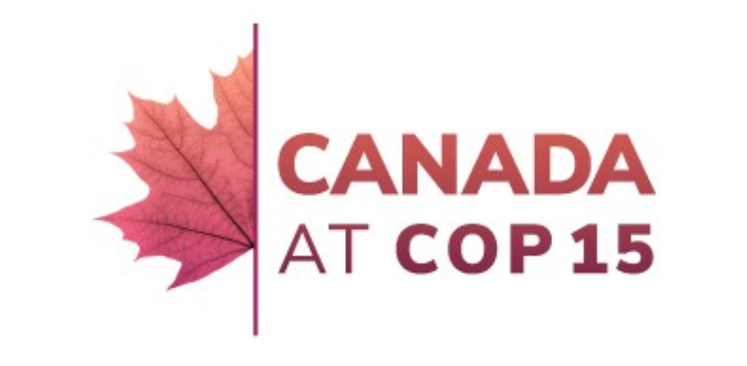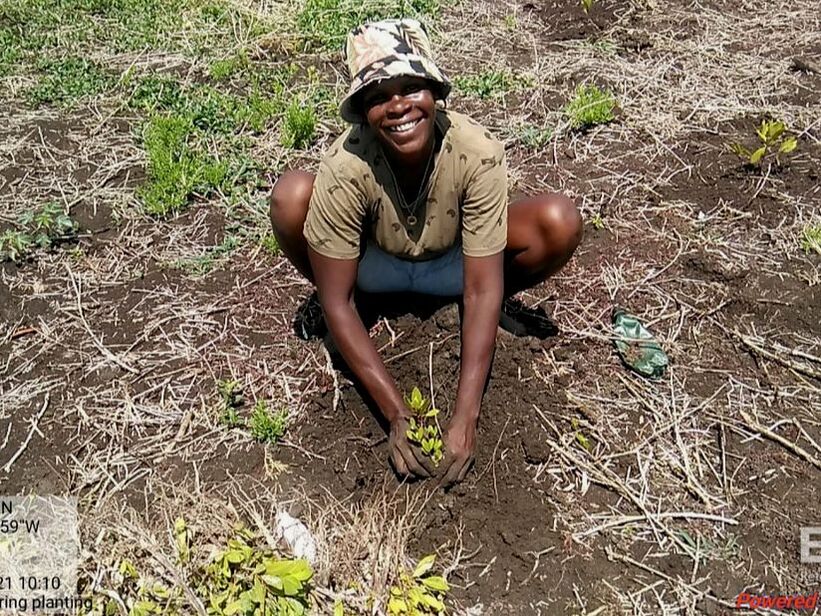We’re in the middle of a climate emergency. It’s a race against time to reduce our carbon emissions and stave off the worst effects of global warming.
Governments, businesses, us individuals - we’re all focused on how we can shift our dependence from fossil fuels to renewables and reduce our carbon footprints. It’s all carbon, carbon, carbon. Which of course is spot on, but there is another, just as important, piece of the puzzle that’s key to fighting climate change – biodiversity loss. The world’s other enormous crisis.
Biodiversity, in all its glorious variety, is vital to sustaining a healthy planet and, ultimately, to sustaining us humans. That’s why all eyes should be on COP 15 this winter.
Governments, businesses, us individuals - we’re all focused on how we can shift our dependence from fossil fuels to renewables and reduce our carbon footprints. It’s all carbon, carbon, carbon. Which of course is spot on, but there is another, just as important, piece of the puzzle that’s key to fighting climate change – biodiversity loss. The world’s other enormous crisis.
Biodiversity, in all its glorious variety, is vital to sustaining a healthy planet and, ultimately, to sustaining us humans. That’s why all eyes should be on COP 15 this winter.
WHAT IS COP15?
This is the 15th United Nations Convention on Biological Diversity. Delegates from governments around the world will agree on a new set of targets for nature over the next decade. The goal is for humans and animals to live in harmony via continued conservation and sustainable management, putting an end to loss of biodiversity. Both COP26, held last year in Glasgow and COP27, this year in Egypt – and quite honestly getting lots of media coverage - focused on climate change.
WHY?
It’s time to “connect the dots” on climate change and sustainability. Carbon is certainly one area that requires immediate, global attention. But we also need to focus on biodiversity, animals and plants, deforestation and a global water crisis.
|
By any measure, biodiversity is in peril. Since 1970, we have lost 70% of the planet’s biodiversity. A staggering 10,000 species become extinct every single year, which is up to 10,000 times higher than the natural extinction rate. Where do these threatened species live? Forests are home to 80% of the world’s terrestrial biodiversity.
There’s also a global water crisis. 785 million people lack access to clean water. That’s one in ten people on the planet. |
BUT WAIT, WHAT ACTUALLY IS BIODIVERSITY?Simply put, biodiversity is the variety of life on earth – and the habitats that support life. Biodiversity includes animals, trees and plants, from the world’s largest mammals to tiny micro-organisms that live in our soils. Biodiversity provides functioning ecosystems for all of them - for all of us.
HOW DO TREES HELP?Nature-based solutions are unparalleled in their ability to solve climate, water and food crises around the world.
Reforestation and forest conservation reduces carbon levels, improves global ecosystems, increases biodiversity and reduces global climate change. |
Image c/o Kelvin Hudson
|
Healthy forests are critical to sustaining life. Healthy forests will save species from extinction and provide clean water to millions of people and animals around the world. And reforestation goes beyond simply planting trees. One example that’s near and dear to our hearts - restoring mangrove forests which: defends against flooding and soil erosion, protects against coastal storms, provides habitat for terrestrial wildlife, breeding grounds for marine life and improves the health of neighbouring coral reefs.
HOW DOES JUST ONE Tree HELP?
Trees are the ultimate carbon capture and storage machines and yet they also expand wildlife corridors, restore biodiversity and clean our water supplies.
An easy solution? Yes, but only if you’re planting the right trees in the right places to create the ideal balance and restore biodiversity, rather than invasive species or single species monocultures. Why? Because non-native tree species often become invasive and, over time, dominate the landscape. They deplete water levels and cause more harm to biodiversity than good.
An easy solution? Yes, but only if you’re planting the right trees in the right places to create the ideal balance and restore biodiversity, rather than invasive species or single species monocultures. Why? Because non-native tree species often become invasive and, over time, dominate the landscape. They deplete water levels and cause more harm to biodiversity than good.
So that’s how we’re doing it at JUST ONE Tree, focusing on planting the right trees in the right places, removing carbon dioxide from the atmosphere and reversing biodiversity loss - because the two go hand in hand in our race to survival.
Read More: Why plant trees
Read More: Mangroves in Madagascar
Read More: Tree planting: the more the merrier?
Read More: Mangroves in Madagascar
Read More: Tree planting: the more the merrier?

















